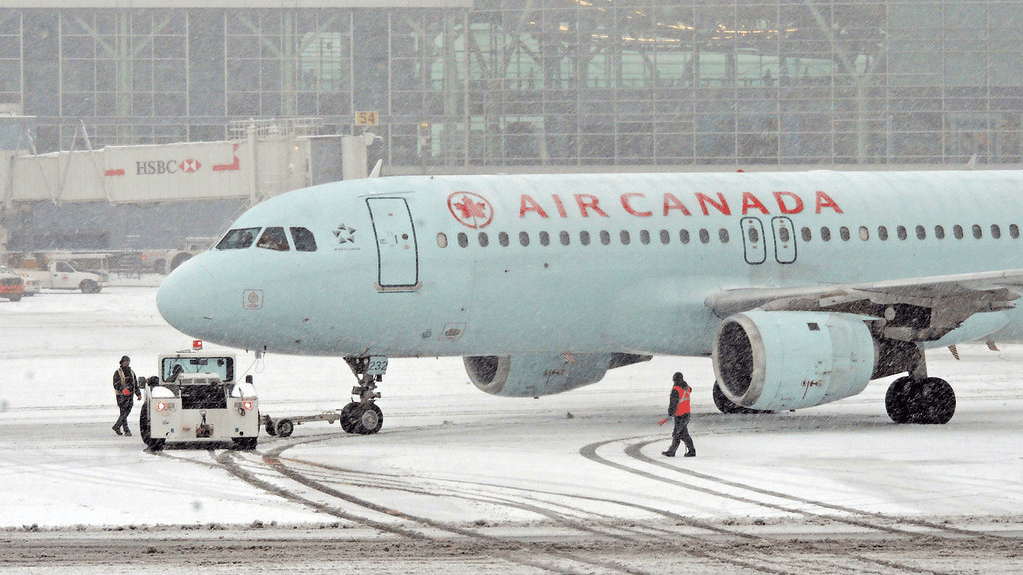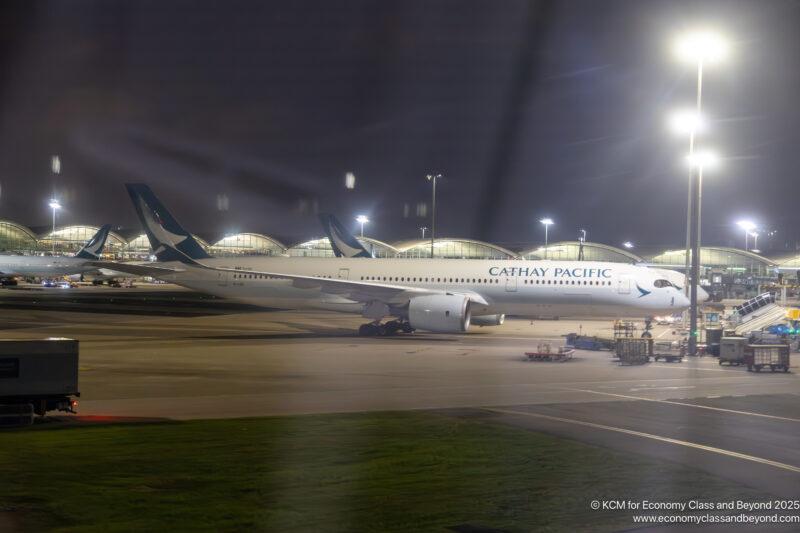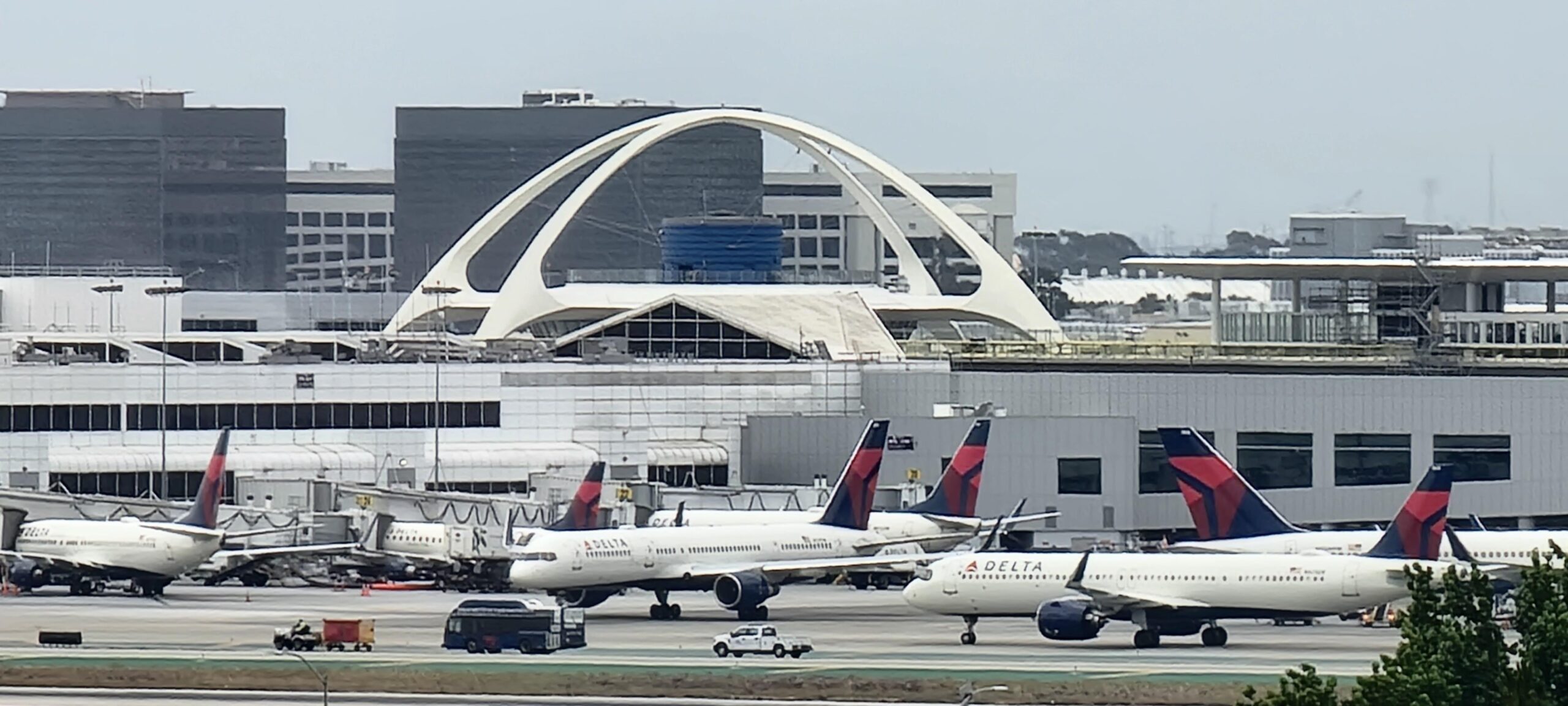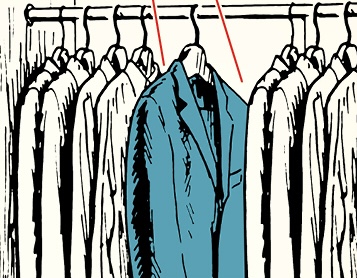How to Navigate Your First First-Class Flight Without Annoying Fellow Passengers
Step into luxury with grace by mastering the art of first-class flying etiquette. Our guide offers essential tips to enhance your journey and maintain a serene cabin atmosphere. Discover why subtlety, patience, and respect are key to a sophisticated travel experience.
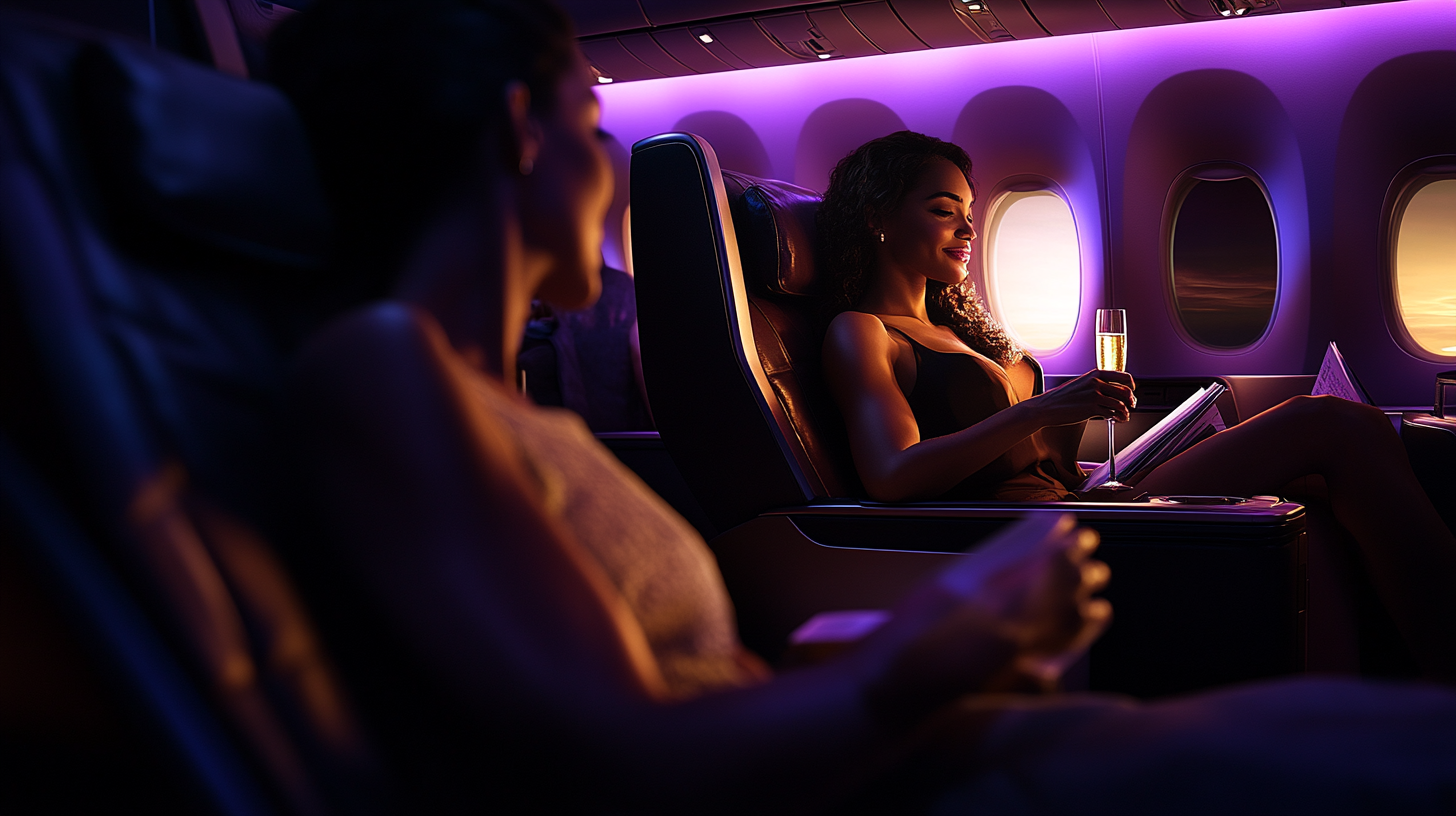
Stepping into the world of first-class air travel is an exciting milestone. The allure of luxurious seats, gourmet meals, and unparalleled service can transform your flying experience. In this elevated realm of aviation, every detail is crafted to offer the utmost comfort and exclusivity. From personalized check-in to priority boarding and access to premium lounges, first-class travel opens doors to experiences previously reserved for a select few.
However, with these perks comes the responsibility of adhering to a higher standard of etiquette. The first-class cabin is not just about luxury; it’s also about maintaining an atmosphere of serenity and sophistication. Seasoned travelers in this section appreciate discretion and respect, and it’s important to blend seamlessly into this environment. To ensure a smooth journey for yourself and those around you, it’s essential to understand and practice first-class courtesy. This comprehensive first-class etiquette guide will help you enjoy your first-class debut without inadvertently annoying other passengers.
Embrace Subtlety Over Flashiness
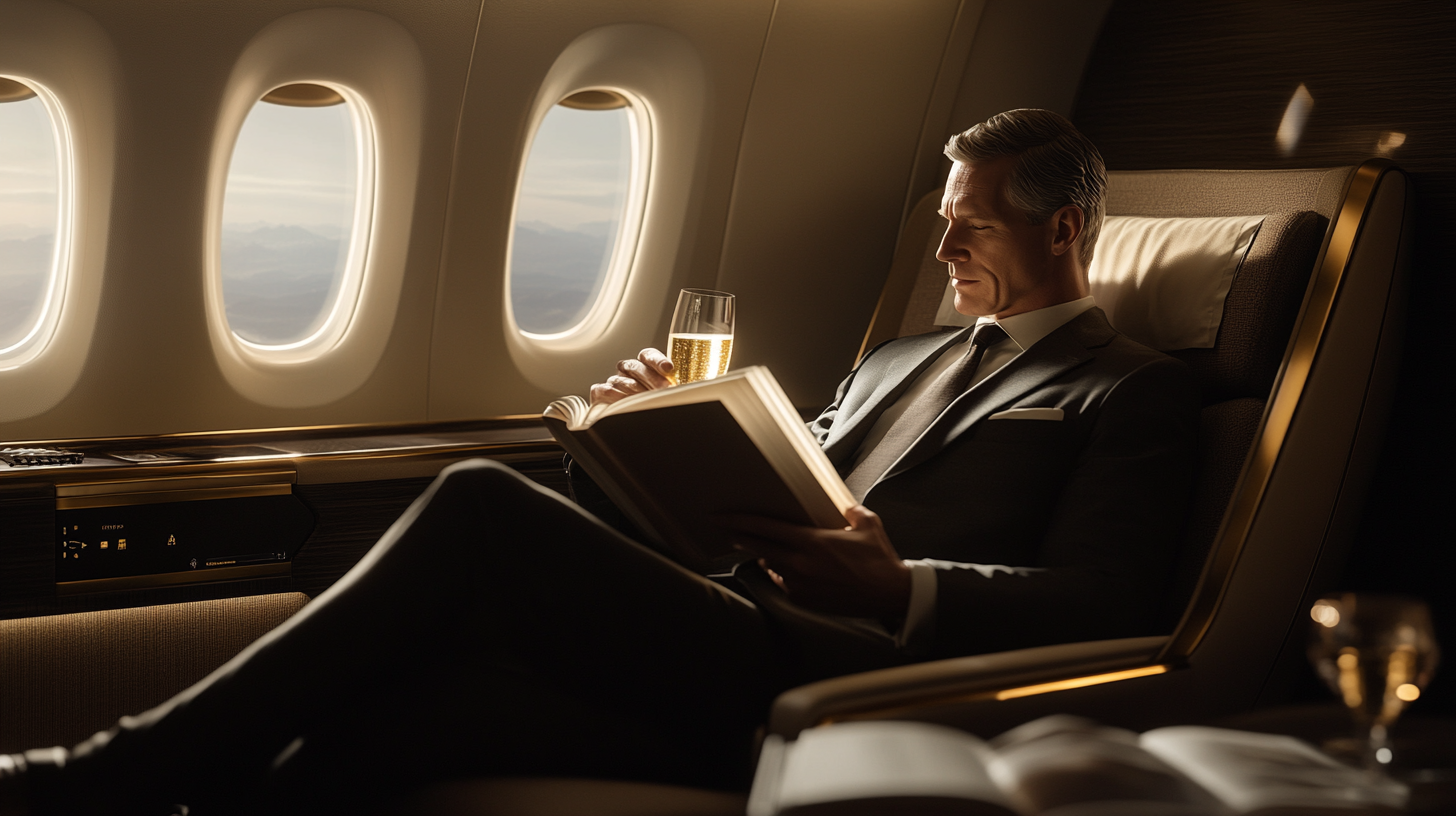
While it’s tempting to revel openly in the luxuries that first class provides, especially when it’s your first time, discretion is key. Avoid actions that draw excessive attention to yourself, such as loudly exclaiming over the amenities or taking numerous flash photographs. While capturing memories is understandable, be mindful of your surroundings if you wish to take photos. Ensure that you are not infringing on others’ privacy or creating an inconvenience. There’s no need to boast about your upgrade or the exclusive services you’re enjoying; doing so can disrupt the peaceful ambiance that other passengers expect. Remember, seasoned first-class travelers appreciate a quiet and composed atmosphere where everyone can enjoy their personal space without unnecessary disturbances. For more on appropriate behavior, consider reviewing the in-flight photography etiquette guidelines .
Boarding with Grace

Arrive Early but Don’t Rush
First-class tickets often grant access to exclusive lounges and priority boarding. Arriving at the airport early allows you to unwind in the luxurious surroundings of the first-class lounge, where you can enjoy complimentary refreshments, catch up on work, or simply relax before your flight. Take full advantage of these perks to enhance your travel experience. However, when it comes to boarding, avoid cutting lines or rushing through boarding gates, even if you have priority status. Respect the boarding announcements and proceed when your group is called. Be mindful of others by managing your carry-on luggage efficiently and not blocking the aisle during boarding. Allowing the boarding process to proceed smoothly reflects well on you and sets a positive tone for your flight. Remember that patience and courtesy during boarding can ease potential stress for both passengers and crew. For more tips on boarding etiquette, consider the efficient boarding practices for first-class travelers .
Respect Personal Space and Privacy
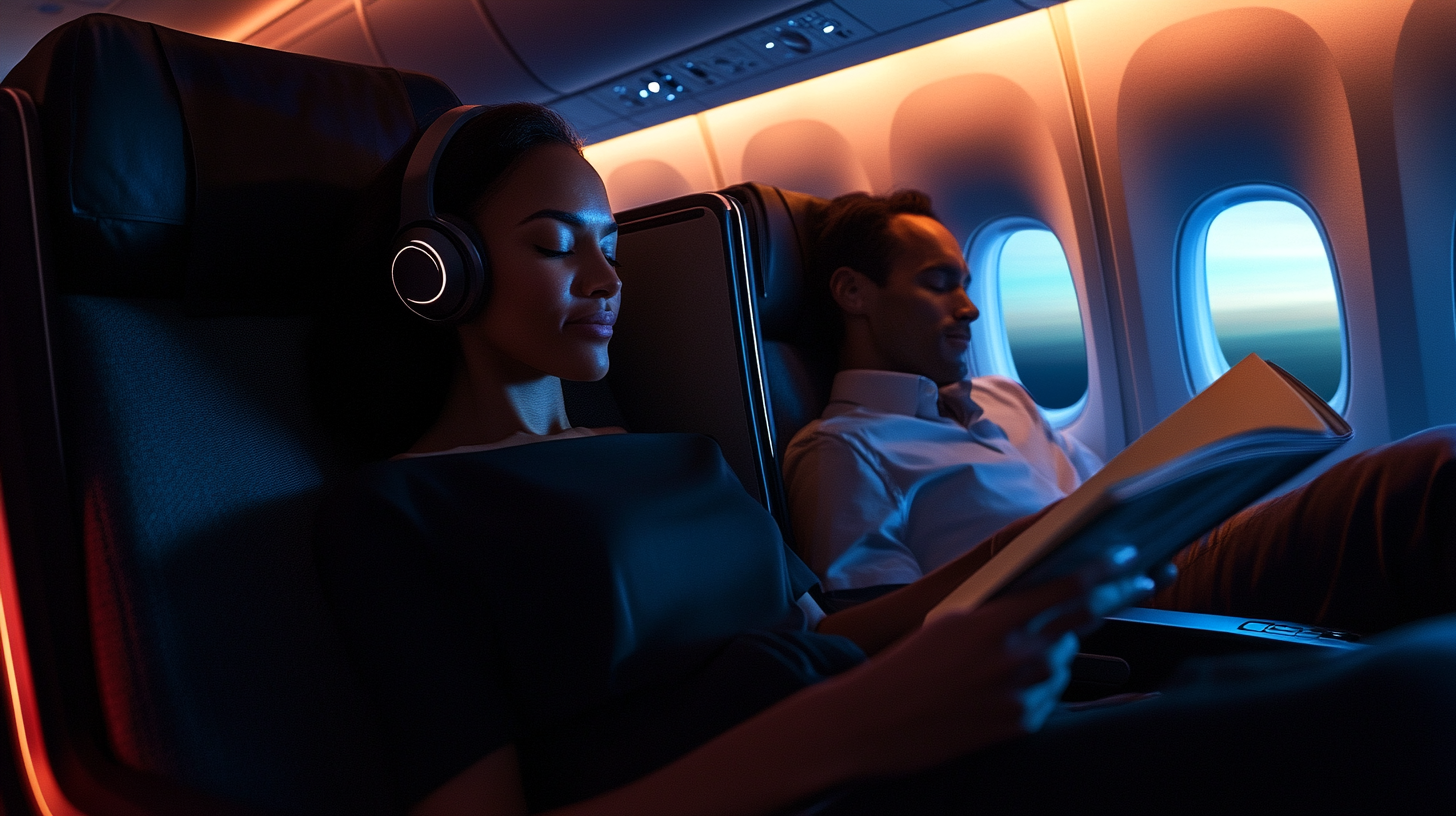
Mind Your Surroundings
First-class cabins are designed for comfort and privacy, often featuring spacious seats that recline into beds, personal storage spaces, and even private suites or pods. Refrain from unnecessary movements that could disturb other passengers, such as hovering around seats, leaning over to look out of others’ windows, or invading personal space. When moving about the cabin, be conscious of keeping a respectful distance from others. If your seat has a door or partition, use it discreetly, and resist the urge to peek into others’ suites out of curiosity. Remember that other passengers value their privacy just as much as you do. Being considerate of personal boundaries helps maintain a serene environment where everyone can relax and enjoy their flight. Familiarizing yourself with first-class cabin layouts and etiquette can further enhance your awareness and ensure you navigate the space respectfully.
Control Conversations and Noise
Keep conversations low and avoid forcing chats on fellow passengers who may prefer solitude. Many first-class travelers use the time to rest, work, or engage in personal reflection. If you’re traveling with a companion, be mindful of your conversation volume and topics. When enjoying in-flight entertainment, always use headphones, and ensure that the volume is at a level where sound doesn’t leak out and disturb others. Avoid making phone calls once the cabin door is closed, and if you must communicate with someone, do so discreetly and briefly. Being considerate of noise levels contributes to the overall comfort of the cabin and shows respect for other passengers’ desire for a peaceful environment. For further insights, refer to the managing in-flight conversations respectfully .
Interact Thoughtfully with Flight Attendants
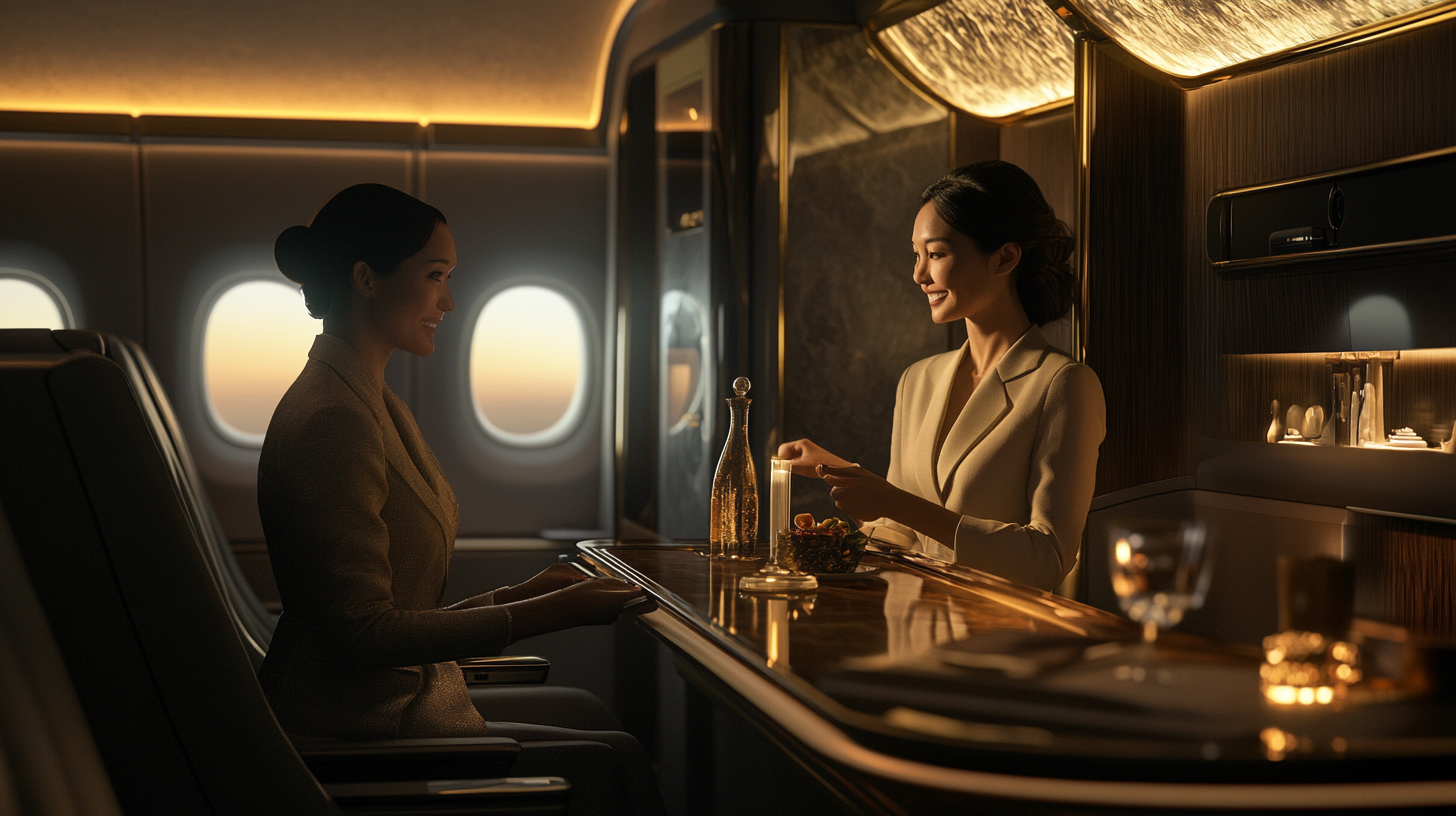
Avoid Overusing the Call Button
While attentive service is a hallmark of first-class travel, moderation is important. Refrain from pressing the call button frequently for trivial requests, such as asking for a glass of water when attendants are actively serving meals or assisting other passengers. Instead, try to anticipate your needs ahead of time or wait for appropriate moments, such as when a flight attendant passes by your seat. Flight attendants are there to assist, but excessive demands can be disruptive and may divert attention from other passengers who require assistance. By using the call button judiciously, you contribute to a more efficient and pleasant service experience for everyone. For guidance on interacting respectfully with flight crew, consider the effective communication with flight attendants .
Express Appreciation Respectfully
Treat the crew with the same respect you’d offer in any professional setting. Address flight attendants politely, using “please” and “thank you” during interactions. If you have special requests, such as dietary needs or seating preferences, communicate them courteously and understand that some requests may not be immediately possible. Showing genuine appreciation for the services provided can enhance the experience for both you and the crew. Avoid overtipping or offering gifts, as many airlines have policies regarding such gestures. Instead, a sincere compliment or a note of thanks can leave a positive impression. Remember that flight attendants play a crucial role in ensuring safety and comfort, and respectful interactions contribute to a pleasant atmosphere onboard. For more on this topic, the proper etiquette for expressing gratitude to flight attendants offers valuable insights.
Utilize Amenities Considerately

Enjoy Without Excess
Indulge in the complimentary offerings, but do so responsibly. The tempting array of fine wines, spirits, and gourmet cuisine is part of the first-class experience, but overindulgence, especially with alcohol, can lead to embarrassing situations and discomfort for both you and others. Excessive drinking may impair your judgment and behavior, potentially causing disruptions or safety concerns. Additionally, consuming large amounts of food or beverages in a short time can affect your comfort during the flight. By enjoying the amenities in moderation, you can fully appreciate the quality of the offerings without negative consequences. Remember that self-control is a sign of sophistication and respect for the shared environment. For tips on mindful consumption, consider the responsible enjoyment of in-flight amenities .
Be Mindful of Shared Spaces
First-class cabins may offer exclusive lavatories and storage areas, providing additional comfort and convenience. When using these shared spaces, be respectful by keeping them clean and tidy for the next person. Avoid leaving personal items or litter behind. In the lavatory, be quick and efficient, especially if others are waiting. Refrain from using the space for extensive personal grooming or changing clothes unless necessary, and if you do, try to be as swift as possible. When accessing storage compartments, organize your belongings neatly and avoid spreading out into areas that others may need to use. Being considerate in shared spaces helps maintain a pleasant environment for all passengers. The first-class shared space etiquette provides more detailed guidelines on this aspect.
Maintain Cabin Comfort
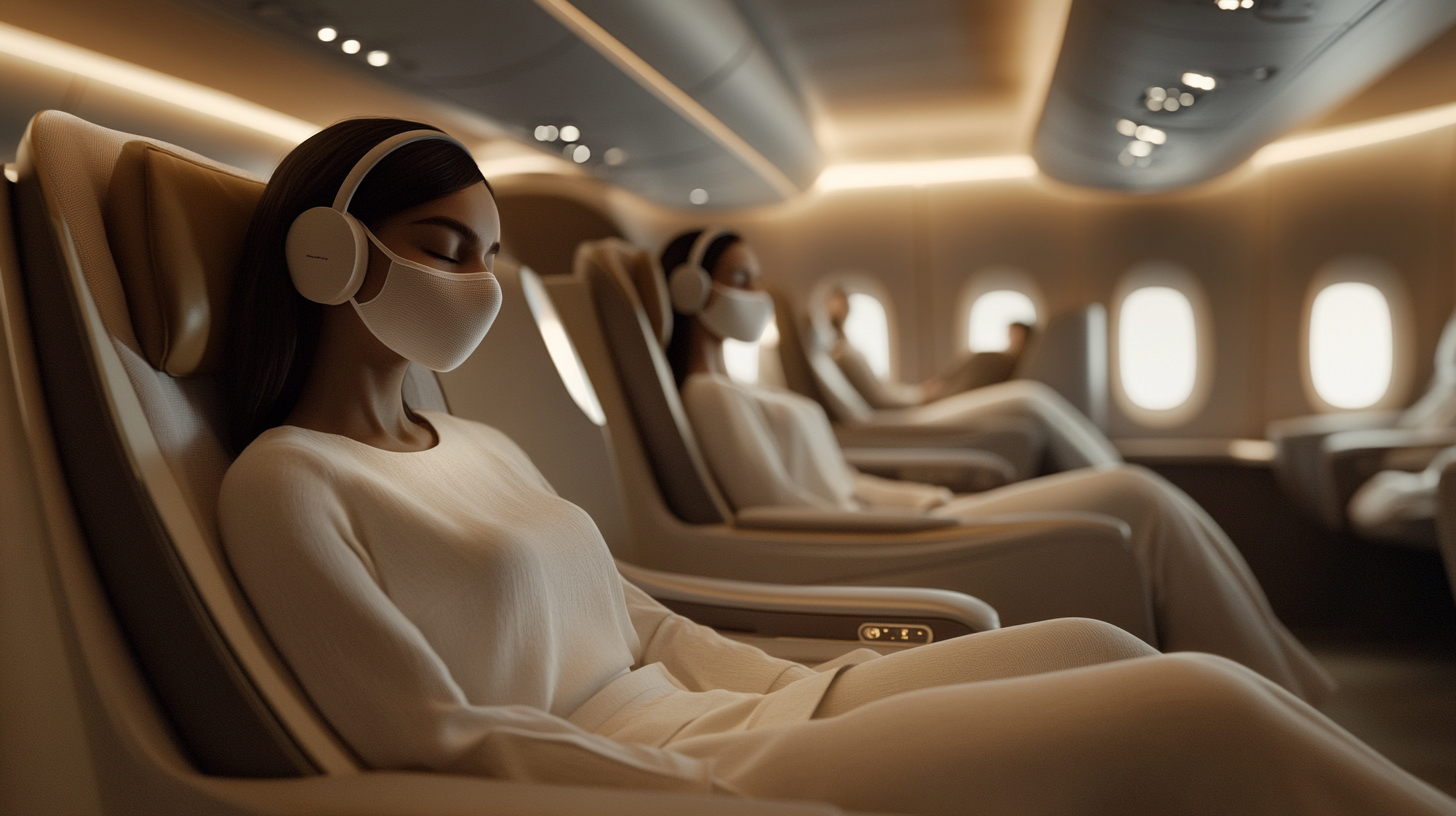
Seat Adjustments and Reclining
First-class seats often come with various adjustment options, including full recline into lie-flat beds. Adjust your seat smoothly and be cautious when reclining, especially during meal times or when the passenger behind you may be using their tray table. A quick glance behind you before reclining can prevent any unintended disturbances. Move your seat slowly to avoid startling others, and be aware of shared spaces such as armrests. On shorter flights, consider limiting full recline to allow others to have sufficient space. By being mindful of your seat adjustments, you demonstrate consideration for your fellow passengers’ comfort. For more on this, the proper etiquette for seat adjustments in first class offers useful advice.
Window Shades and Lighting
Be considerate with window shades, especially on long-haul or overnight flights where others may be resting or adjusting to new time zones. If you wish to enjoy the view or natural light, but others are sleeping, consider keeping the shade partially closed. Use personal reading lights instead of overhead lights to minimize disturbance, and adjust the brightness if possible. When watching in-flight entertainment, ensure that the screen brightness is not excessive and that the content is appropriate. Being mindful of light levels contributes to the overall comfort and restfulness of the cabin environment. For additional guidelines, see the managing cabin lighting etiquette .
Dress Appropriately
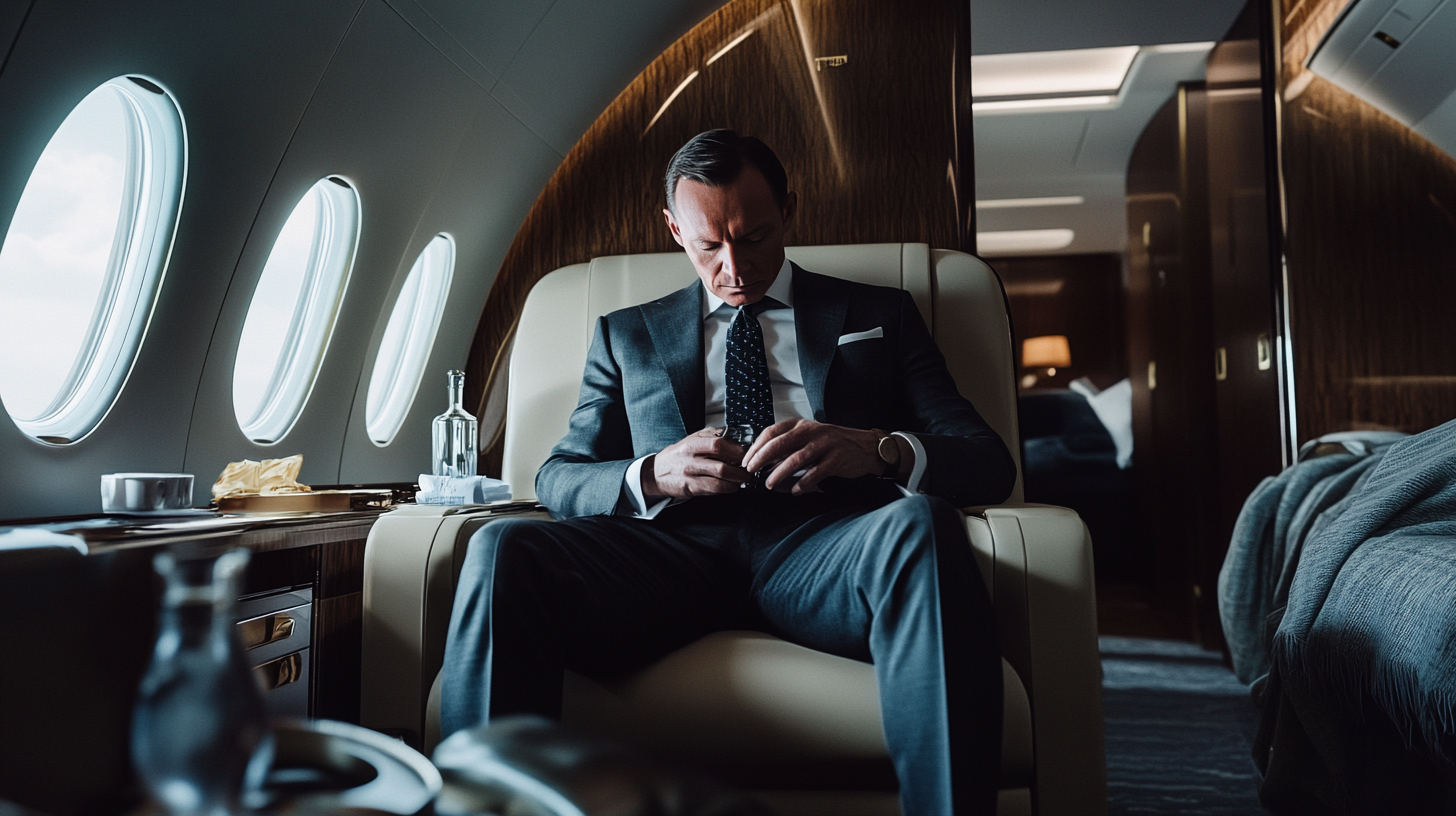
While formal attire isn’t required, aim for a neat and presentable look. Dressing smartly not only reflects well on you but can also enhance the overall atmosphere of the first-class cabin. Opt for comfortable yet tasteful clothing that respects the decorum of premium travel. Consider wearing attire such as a collared shirt, slacks, or a modest dress. Avoid overly casual items like flip-flops, tank tops, or pajama-like attire unless specifically provided by the airline for sleep. Some airlines may have dress codes for lounge access or upgrades, so it’s wise to check ahead. Presenting yourself well demonstrates respect for the premium experience and aligns with the expectations of fellow passengers. Consult the guidelines for appropriate first-class attire for more detailed suggestions.
Handle Luggage and Overhead Bins Properly
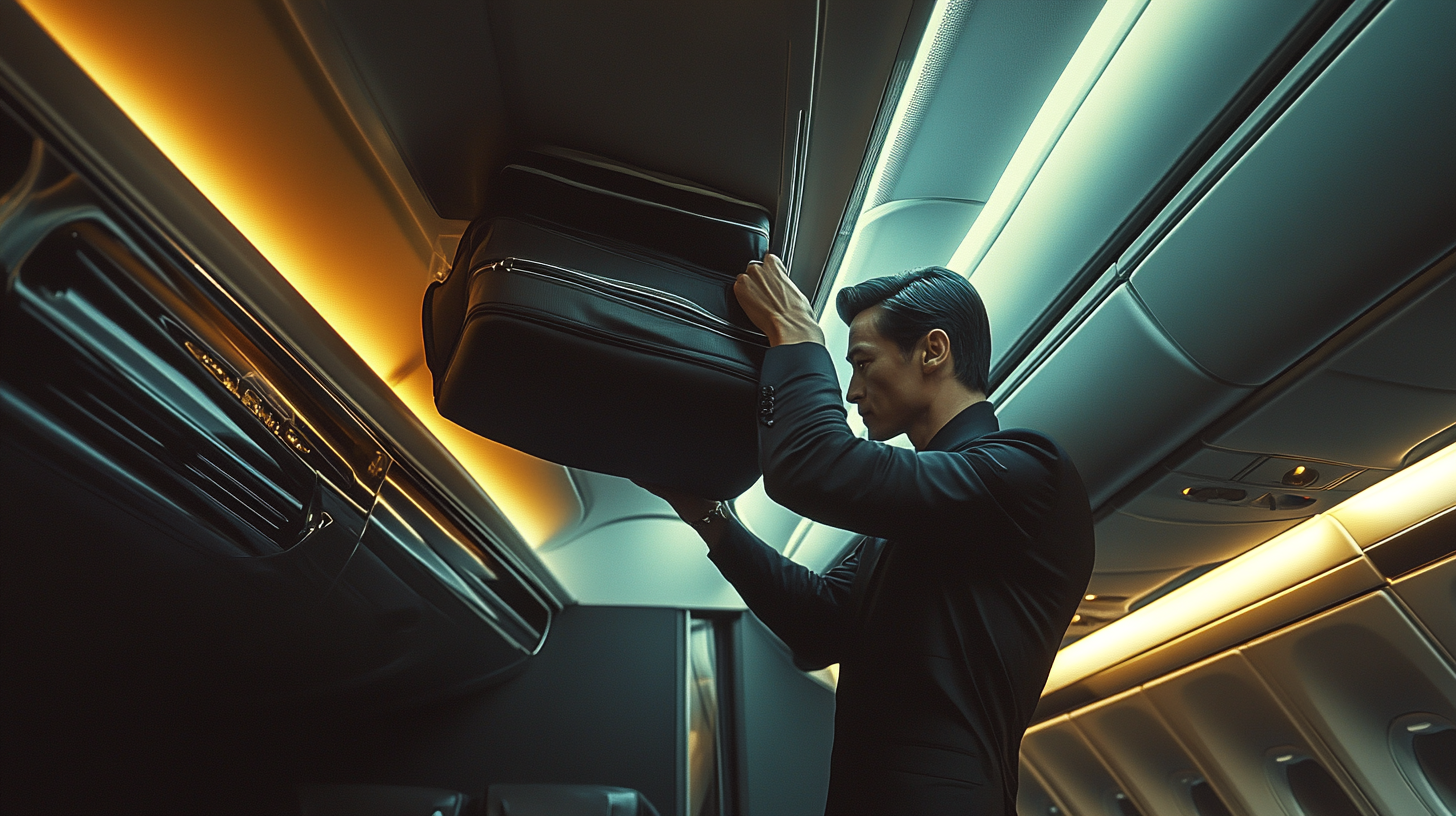
Use Assigned Storage Spaces
Place your carry-on luggage in the overhead bin above your seat, ensuring that it fits properly and doesn’t hinder the storage of others’ belongings. Avoid using multiple bins or encroaching on space allocated for other passengers. If you have smaller items, consider placing them under the seat in front of you if appropriate. When placing your luggage in the bin, be cautious not to bump or disturb other passengers, and handle your bags carefully to prevent injury or damage. Efficient use of storage helps everyone settle in smoothly and contributes to an orderly cabin environment. If you require assistance, politely ask a flight attendant rather than struggling and potentially causing inconvenience. For more on handling your belongings, see the best practices for first-class luggage management .
Avoid Undue Assistance to Crew Members
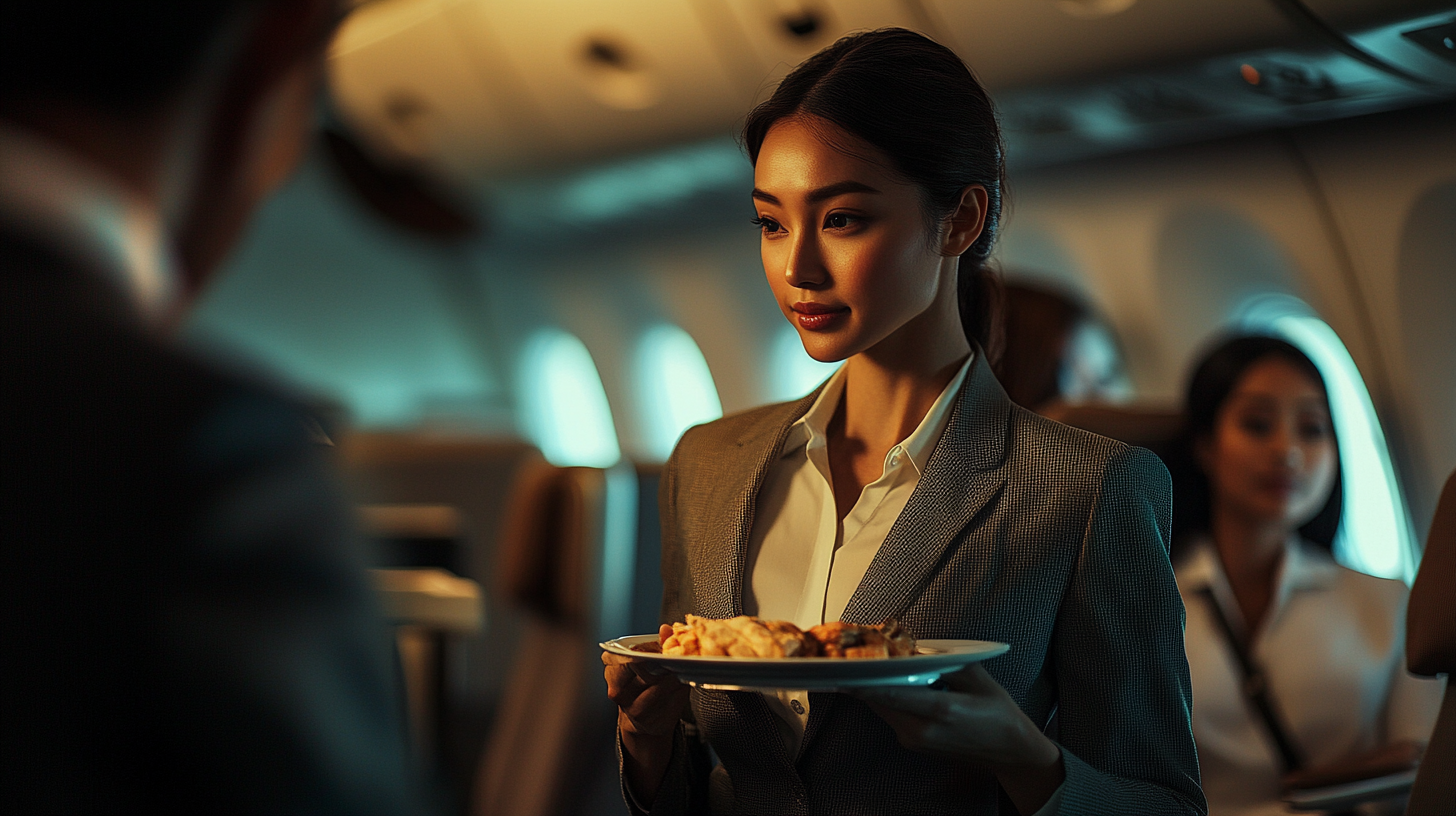
While it may seem altruistic to assist the flight crew, refrain from enforcing rules, handling other passengers’ luggage, or assisting with service tasks unless explicitly requested by the crew. Flight attendants are trained professionals with established protocols to ensure safety and efficiency. Intervening without invitation can interfere with these protocols and potentially cause confusion or inconvenience. Additionally, handling others’ belongings may raise privacy or liability concerns. Instead, focus on following the crew’s instructions and allowing them to perform their duties without unsolicited assistance. If you notice an issue that requires attention, discreetly inform a crew member rather than attempting to address it yourself. The understanding passenger and crew boundaries in-flight provides further information on this topic.
Interact Positively with Fellow Passengers
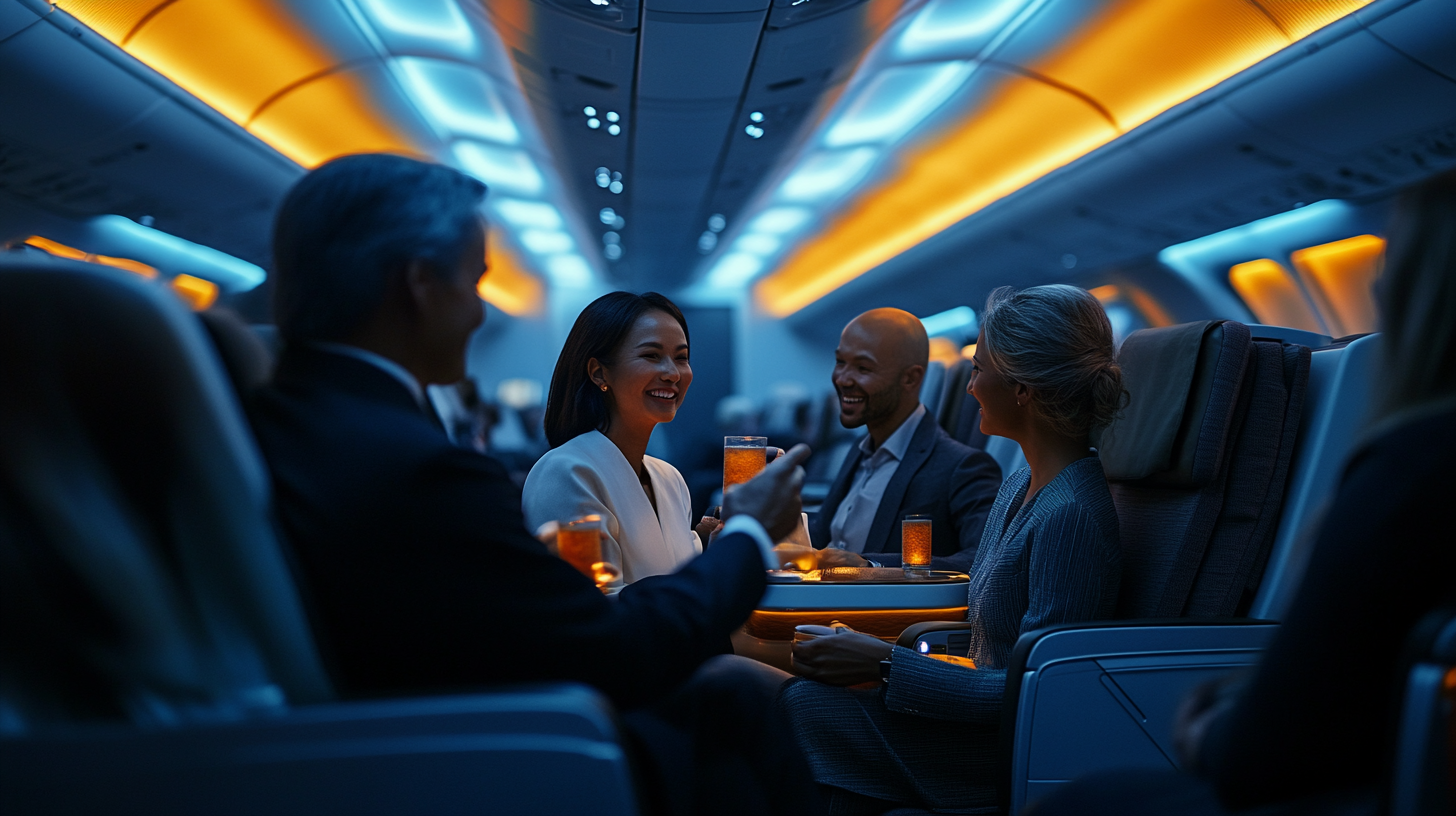
Polite Introductions and Boundaries
A friendly nod or greeting when making eye contact with fellow passengers is acceptable and can set a pleasant tone. However, be sensitive to cues that others may prefer to keep to themselves, such as wearing headphones, reading, or closing their eyes. If you’re seated next to someone, a polite introduction suffices without delving into personal topics or asking intrusive questions unless the conversation naturally progresses and both parties seem interested. Respect personal boundaries and avoid topics that might be uncomfortable or controversial. Understanding cultural differences is also important, as norms regarding personal space and conversation can vary. By observing and respecting social cues, you contribute to a harmonious cabin atmosphere. For more on this, consult the navigating social interactions in first-class cabins .
Managing Children Onboard
If traveling with children, ensure they are mindful of the cabin environment. Prepare quiet activities such as books, puzzles, or silent electronic games to keep them occupied. Explain the importance of using inside voices and being respectful of other passengers’ space. Address any disruptive behavior promptly and calmly, guiding your child towards appropriate conduct. Consider the timing of meals and rest to align with the flight schedule, helping to minimize restlessness. The serene atmosphere of the first-class cabin is appreciated by all, and your efforts to manage your child’s behavior contribute significantly to the overall experience. Fellow passengers will appreciate your attentiveness to maintaining a peaceful environment. The tips for flying first-class with children offers valuable advice for a smooth journey.
Disembarking with Courtesy
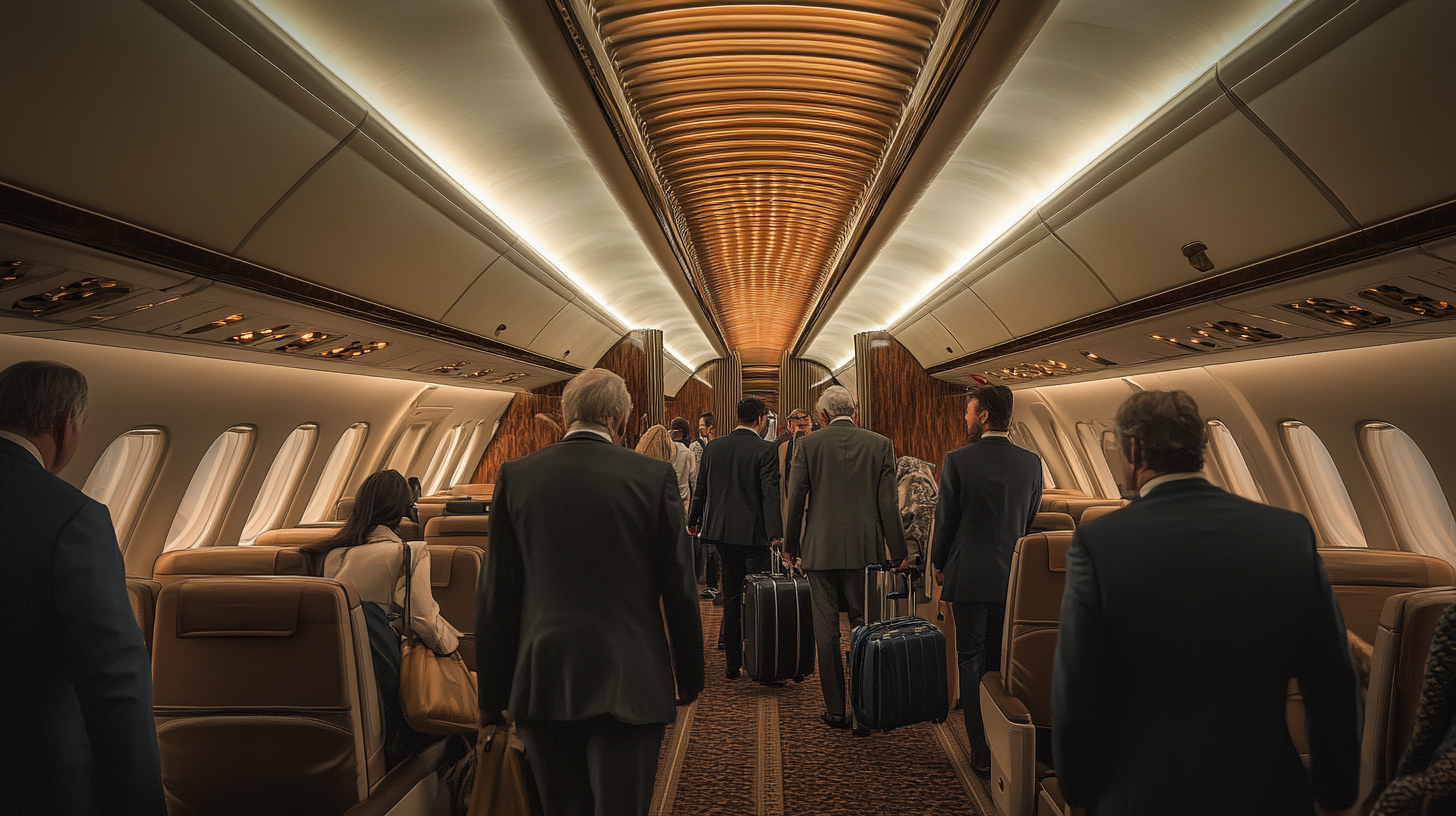
When the flight concludes, resist the urge to rush to the exit or stand up immediately when the seatbelt sign is turned off. In many cases, first-class passengers are allowed to disembark first, but proceed calmly and collect your belongings without haste. Allow passengers in front of you to disembark first if applicable, and patiently wait your turn. This orderly process prevents congestion in the aisles and reflects the composure expected in first-class travel. Be mindful of the cabin crew’s instructions during disembarkation, and offer a polite thank you or farewell as you exit the aircraft. Maintaining this level of courtesy leaves a positive final impression on both staff and fellow travelers. For more details, refer to the proper disembarking etiquette for first-class passengers .
Final Thoughts

Flying first class is more than just an upgraded seat; it’s an enhanced journey that comes with unwritten expectations of etiquette and decorum. By embracing these guidelines, you’ll not only avoid annoying other passengers but also fully immerse yourself in the luxury and comfort that first-class travel offers. The essence of premium travel lies in the subtlety of your actions and the respect you show to those sharing the journey with you. Your consideration contributes to a harmonious environment where everyone can enjoy the exceptional amenities and services provided.
Follow us back to BoardingArea for more insights and tips on enhancing your travel experiences. As you embark on this new experience, remember that the true hallmark of a seasoned traveler is grace and mindfulness. Embrace the opportunities that first-class travel presents, and let your behavior reflect the elegance of your surroundings. Enjoy your flight, and welcome to the world of first-class travel!
This blog post was AI-written / human assisted.
What's Your Reaction?











